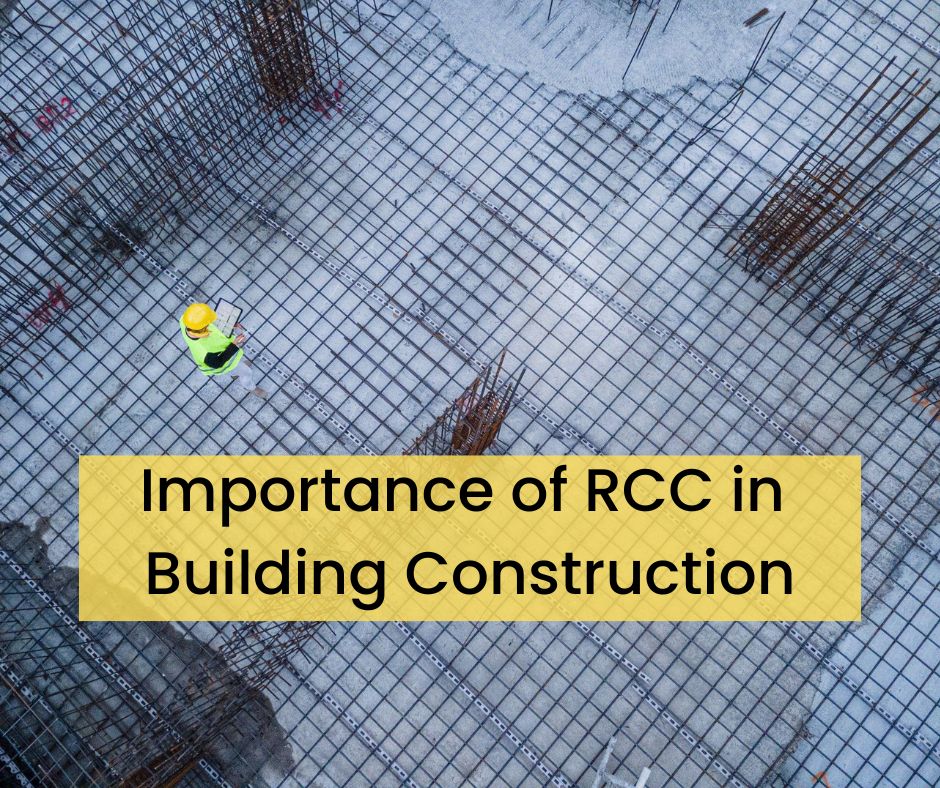Add Your Heading Text Here
RCC has become a recognized form of constructing buildings for its rigidness, low investment, stability, and other factors that outline its credibility. When steel is integrated with concrete crafted into one element and serves a single purpose, it is termed Reinforced Cement Concrete.
Concrete can be weak when it comes to building tension, yet it has high compression strength, making it a better fit to be combined with steel, increasing its tensile strength and making it the best primary tool for the construction of buildings.
The base or foundation of any construction that connects the building surface to the earth is the lowest level of the building, and it divides the pressure from the construction design to the ground. Thus, a foundation must be durable enough to withstand the slightest damage, for which you require RCC foundations.
Importance of RCC in Building Construction
Below is a list of points that can help you understand why RCC foundations are necessary for your construction buildings.
#1. Provides Extra Reinforcement
The RCC foundation is responsible for strengthening the building base and supporting the entire building structure to keep it uptight. The reinforced concrete should be extra durable to withstand cracks in live and dead load testing.
You must know that steel designs do not only require cement to fill the gaps. Instead, it requires good watch over the filling areas and alignment of the shapes and the base structure of the building so that the building might not collapse due to irregular construction of the foundation.
#2. Withstand Natural Calamities
RCC foundations are designed to stand strong against heavy loads. Additionally, they also allow better protection against unfavorable weather conditions like high-force winds, heavy rainfall, and tornadoes, which cause heavy damage to properties with a weak foundation.
Thus, you must use RCC to build a strong foundation for your construction to pass on your rich heritage of construction designs through generations.
#3. Develops Insulation
Attic hatches allow extra cushioning to the top surfaces of the building, thereby providing insulation and maintaining temperature. However, there still are problems with such hatches that you can avoid by creating a better foundation using RCC, which initiates a better cushion level from the ground level.
Moreover, insulation helps buildings with wood furniture to be well protected from damage and does not allow the materials to be disrupted by natural phenomena.
#4. Protects from Flooding
Suppose you have a strong reinforced cemented concrete design. In that case, it helps you develop better base foundations in regions that are more prone to natural calamities like floods, where water is most likely to reach a much higher level than expected, causing severe damage to the base levels of your property.
Moreover, the water that reaches the RCC foundations of a building helps strengthen the cement in the foundation and provides a better grip, thereby ensuring extra durability against the flood.
Conclusion
RCC designs are now recognized as an integral component of building structures for their numerous advantages like stronger construction, superior grip, and long-lasting strength. This construction technique can withstand heavy loads when combined with steel and concrete, developing better resistance from heavy loads for a longer duration.

